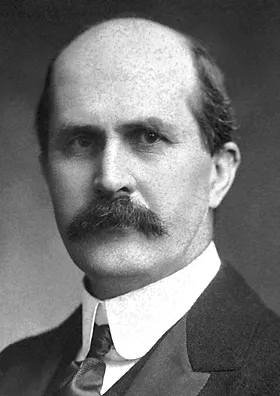William Henry Bragg was born on July 2, 1862. He studied mathematics at Cambridge. At the age of 24 he was elected to the Professorship of Mathematics and Physics at the University of Adelaide, South Australia. After more than 20 years he returned to the UK and became Cavendish Professor of Physics at Leeds (1909 - 1915), Quain Professor of Physics at University College London (1915 - 1925), and Fullerian Professor of Chemistry at the Royal Institution (1935 - 40).
His research interests embraced a great many topics and he was an adept at picking up a subject, almost casually, making an important contribution, then dropping it again. However, the work of Bragg and his son Lawrence in 1913-1914 founded a new branch of science of the greatest importance and significance: the analysis of crystal structure by means of X-rays. If the fundamental discovery of the wave aspect of X-rays, as evidenced by their diffraction in crystals, was due to von Laue and his collaborators, it is equally true that the use of X-rays as an instrument for the systematic revelation of the way in which crystals are built was entirely due to the Braggs. This was recognized by the award of the Nobel Prize jointly to father and son in 1915.
After a life of astonishing productiveness, Sir William Bragg died on March 10, 1942.
(www.nobelprize.org)
